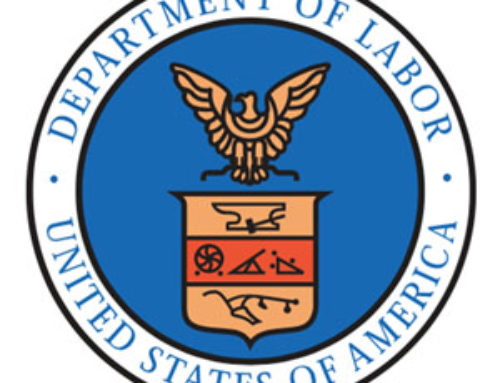By a narrow margin, New York grape growers rejected a proposal to create a statewide assessment to fund research that would support the wine and juice grape industries.

CLICK TO ENLARGE: A map showing several of New York’s wine regions at the New York Wine and Culinary Center in Canandaigua, New York. (TJ Mullinax/Good Fruit Grower)
The proposed Research Order aimed to raise about $300,000 annually from the state’s $53 million a year grape harvest, to be awarded to research projects by a board of growers and processors. The New York Wine and Grape Foundation, the New York State Wine Grape Growers and the Lake Erie Regional Grape Program Inc. backed the effort.
“While we are understandably disappointed in the results, we are by no means done with our quest to work with the grape and wine industry to create a self-funded and self-directed pool of funds available to support the industry’s research needs,” foundation executive director Sam Filler said in a statement on the results.
He told Good Fruit Grower that they plan to revisit this issue of industry funding after harvest by discussing more options with growers, such as regional or grape specific approaches, or even a voluntary program.
Even with outreach efforts, turnout was lower than expected. According to the Foundation, 58 percent of the votes supported the measure, falling just shy of the 60 percent needed to pass. A similar research order proposed in 2014 fell just 12 votes shy of passing as well, Filler said.
Over 300 growers voted, representing about 60 percent of the state’s production. The measure appears to have garnered more support from wine grape regions than juice grape regions.
It received about 75 percent support in the Finger Lakes and Long Island regions known for wine, but just 43 percent support in the Lake Erie region that produces most of the state’s juice grapes. But it’s not that straightforward, Filler said. For example, some wineries also opposed the proposal, citing the existing state excise tax burden, and some smaller wine regions were less supportive because of concerns that their research needs wouldn’t be a priority for the statewide board.
This proposal would have assessed growers based on the farm gate value of their harvest — not a flat assessment like New York apple growers pay — to make the contributions fair between juice and wine grape growers.
The results, and insight from public meetings, suggest that the industry may be better served by narrower research and marketing funding mechanisms targeted for the needs of each region, Filler said.
“The good news is that we have the data on where the support and the nonsupport lies, and it’s good to know that so that when we get back to this we can address some of those issues,” he said. “The way the law works in New York state, the (marketing or research) order can be more regionally specific to the county level, or specific to the variety of grape. You can play with all those factors. There could be an order just for Riesling or Cabernet Franc. It could be just for Long Island. It could be a combined research and marketing order that would promote the products as well.”
Grape research already receives significant funding through the New York Wine and Grape Foundation — $560,000 this year — along with matching private donations of about $255,000, and that critical funding should continue, Filler said.
But, as the New York wine and grape industries grow and adapt to new pressures from pests and a changing climate, viticulture research is more important than ever, he said.
“We want to be on the same level as Washington state and Oregon and California with our commitment to research, and it’s clear that having a source of funding that is grower led has been really significant in those states,” Filler said. •
Different states, different models:
California:
Wine grape growers pay assessments to the state Pierce’s Disease Control Program, the scope of which has been expanded to include grapevine red blotch, vine mealybug, brown marmorated stink bug and the European grapevine moth. Since its inception 15 years ago, the program has raised $55 million, assessing growers an average of $1.50 per $1,000 of crop value.
The California-based National Grape and Wine Initiative also funds grape research and supports project proposals seeking grants from other sources. The Initiative itself is funded by voluntary donations, rather than assessments.
Oregon:
The Oregon Wine Research Institute is a partnership between the state’s wine industry and Oregon State University. Established in 2008, it operates under the University’s College of Agriculture Sciences with funding from state lawmakers, the university and $2 million from the wine industry.
Growers also pay an assessment of $25 a ton on wine grapes to support the Oregon Wine Board, which in turn funded $350,000 in research grants last year.
Washington:
Research grants are awarded by the Washington State Wine Commission, which collects $12 per ton of wine grapes and $.08 per gallon or 1.2 cents per bottle from wineries.
The organization then spends about a quarter of it’s budget, along with funds from auction fundraisers, liter sales tax, and state general funding, to support a $850,000 to million dollar a year research program and the Wine Science Center at Washington State University.
– by Kate Prengaman
* Editor’s note: The original story printed in our November 2017 issue incorrectly stated the current assessments in Washington and has been corrected above. We regret the error.






Leave A Comment